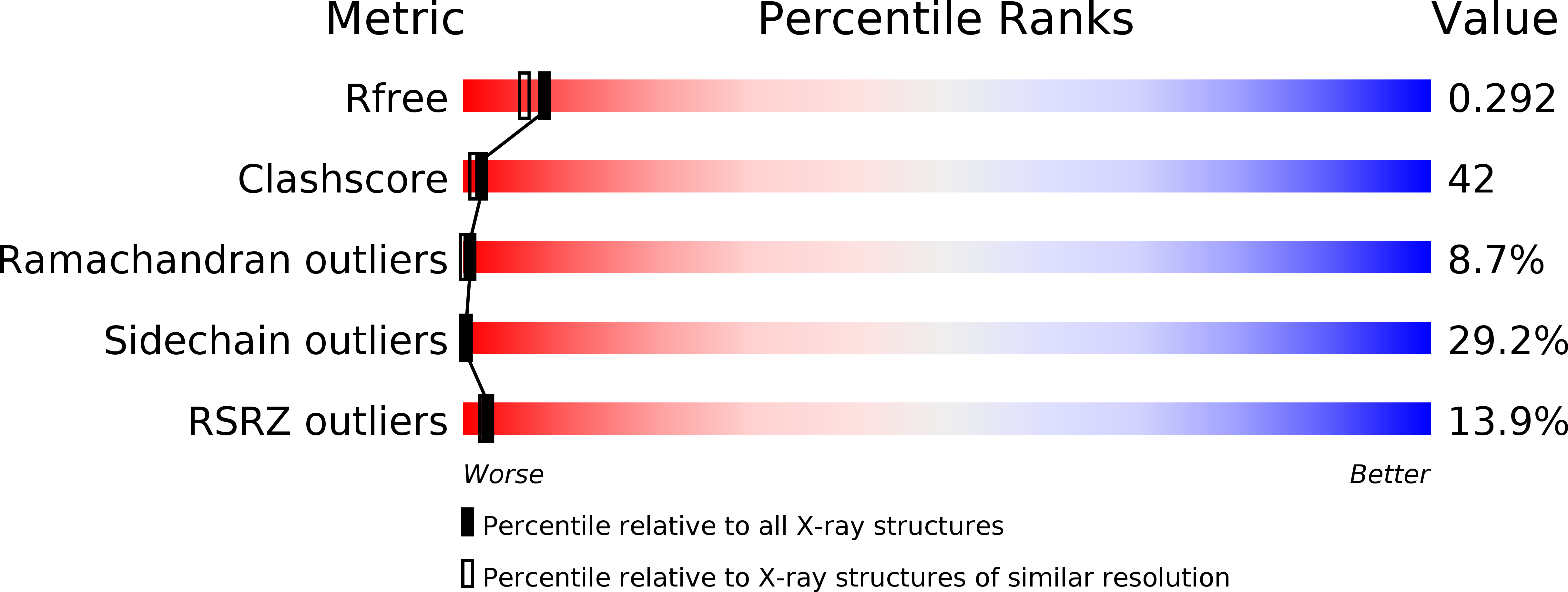
Deposition Date
1998-08-18
Release Date
1999-08-13
Last Version Date
2024-11-13
Entry Detail
PDB ID:
1BQS
Keywords:
Title:
THE CRYSTAL STRUCTURE OF MUCOSAL ADDRESSIN CELL ADHESION MOLECULE-1 (MADCAM-1)
Biological Source:
Source Organism:
Homo sapiens (Taxon ID: 9606)
Method Details:
Experimental Method:
Resolution:
2.20 Å
R-Value Free:
0.28
R-Value Work:
0.22
R-Value Observed:
0.22
Space Group:
C 2 2 21


